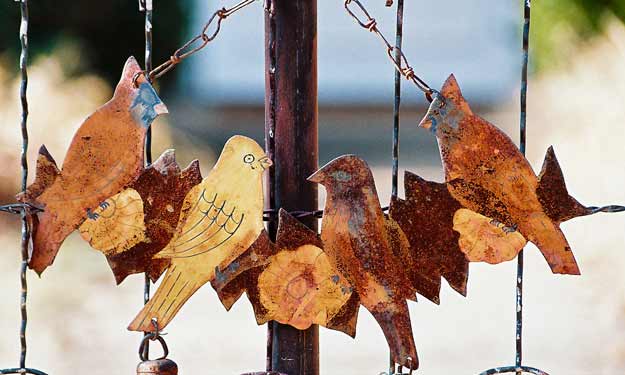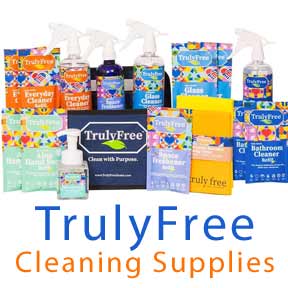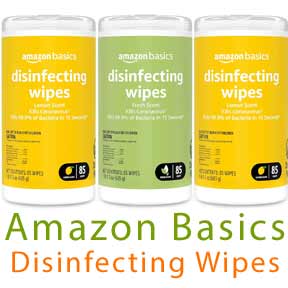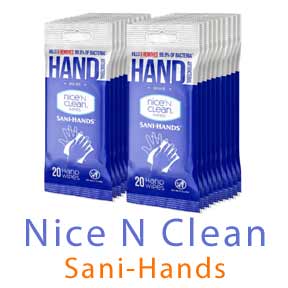Rust Stain Removal

Removing Rust Stains from Various Surfaces.
Rust Stain Removal from Various Surfaces
Rust stain removal has been a household challenge for centuries – ever since people started wearing clean woven fabrics instead of animal hides and decided that rusty, grimy clothes weren’t a good look. You’d think that in today’s high-tech world, we’d have fabrics that are 100% stain-proof. Yet here we are, still battling stubborn orange-brown spots on laundry, sinks, driveways, and tools.
The truth is, rust is persistent. It forms when iron or steel reacts with water and oxygen, creating iron oxide. Whether it’s from well water, outdoor weather exposure, or an accidental brush against an old metal surface, rust stains need a targeted approach for removal. This guide covers every method – from gentle home remedies to heavy-duty commercial products – so you can tackle rust wherever it shows up.
Removing Rust Stains from Clothing and Laundry
Rust spots on clothing often come from contact with metal, rust in water pipes, or leftover particles in washing machines. The best results come when you treat stains as soon as possible.
Using What Is Already in the Pantry
- Vinegar and Salt – Moisten the stain with full-strength white vinegar, sprinkle generously with salt, rub in gently, and place in direct sunlight until dry. Wash as usual.
- Lemon Juice and Salt – Apply lemon juice to the stain, add salt, and let the sun’s bleaching power help lift the rust. Works well for white or light fabrics.
- Vinegar Soak for Multiple Items – In a 5-gallon bucket, mix 1 gallon vinegar, 2 cups salt, and hot water. Soak items overnight before laundering.
Using Commercial Products
- Whink Rust Stain Remover – Safe for colorfast fabrics; works quickly but is highly acidic, so wear gloves.
- Yellow Out – Great for white loads like towels, linens, and shirts; removes rust and yellowing.
- Iron Out – Non-acidic formula for laundry and many household surfaces.
Avoid chlorine bleach – it will react with rust and worsen the stain.
Rust Stain Removal from Toilets, Sinks, and Tubs
Well water and high iron content can cause stubborn stains in bathroom fixtures.
Options for Rust Stain Removal
- Shaw’s Pads Toilet Ring Remover – A scrubbing pad on a handle, effective without chemicals.
- Pumice Stone – Wet the stone and gently scrub the stain, keeping both surfaces wet to avoid scratches.
- Vinegar or Lemon Juice Paste – Mix with baking soda or borax, apply to the stain, let sit 10 minutes, scrub, and rinse.
- Rustaid Gel – Clings to vertical surfaces like toilet sides; also available in tablets for inside-the-bowl treatment.
Removing Rust Stains from Concrete, Brick, and Garage Floors
Rust on concrete can come from metal furniture, leaking vehicles, or stored tools.
Methods
- Unsweetened Lemonade Kool-Aid – Contains citric acid. Dissolve in hot water, pour over the stain, scrub with a stiff-bristle brush, rinse, and repeat if needed.
- Oxalic Acid Cleaners (Zud, Bar Keepers Friend) – Effective but toxic; use gloves and rinse well.
- Lemon Juice or Vinegar – Pour on the stain, let sit for 15 minutes, scrub, and rinse.
Removing Rust from Metal and Tools
Tools, knives, and appliances can all develop rust over time.
Quick Fixes
- Onion Trick for Knives – Stick the blade into a large onion for 30 minutes, then wash and dry. The sulfur compounds help break down rust.
- Lemon and Salt Paste – Apply, scrub with fine steel wool, rinse, and dry.
- White Vinegar Soak – Soak small tools for a few hours, scrub, and dry thoroughly.
To prevent re-rusting, coat metal with a light layer of mineral oil or WD-40.
Removing Rust from Porcelain and Ceramic
- Pumice Stone – Keep wet while scrubbing to prevent scratching.
- Baking Soda Paste – Apply, scrub with a sponge, rinse.
- Commercial Rust Removers – Whink, Iron Out, and Rust Stain Magic work well – follow all safety directions.
Rust Stain Removal from Wrought Iron and Outdoor Furniture
Outdoor furniture is prone to rust from rain and humidity.
- Wear gloves and safety glasses.
- Use a wire brush or sandpaper to remove loose rust.
- Apply a rust-inhibiting primer to bare spots.
- Repaint with outdoor-rated paint.
Getting Rid of Rust Stains from Carpets and Upholstery
- Vacuum loose rust particles.
- Mix equal parts vinegar and water, blot (don’t scrub) the stain, and let sit 5–10 minutes.
- Blot with a clean towel, sprinkle baking soda to absorb moisture, then vacuum when dry.
- For stubborn stains, use a carpet-safe rust remover like Chemspec RX for Rust.
Heavy-Duty Rust Stain Removal
If DIY methods don’t work, these commercial products can handle severe rust buildup:
- Whink – Works on toilets, sinks, tubs, colorfast fabrics, and carpets.
- Rustaid – Gel clings to vertical surfaces; tablets work inside toilets.
- Iron Out – Non-acidic and safe for multiple surfaces, including laundry and porcelain.
- Naval Jelly – Excellent for heavy rust on metal, not for fabric.
Always follow manufacturer instructions, wear gloves, and work in a well-ventilated space.
Preventing Rust Stains
- Dry metal items immediately after washing.
- Fix leaks promptly to reduce water exposure.
- Store tools and furniture in dry spaces or cover them outdoors.
- Apply protective coatings to metal surfaces.
- Use a water softener if your water has high iron content.
Rust stain removal can be frustrating, but the right method makes all the difference. From vinegar and lemon juice to heavy-duty rust removers, there’s a solution for every type of stain – whether it’s on fabric, concrete, porcelain, or metal. Act quickly, choose the method that fits your surface, and you can restore items to their original condition. With these tips, rust doesn’t stand a chance.








